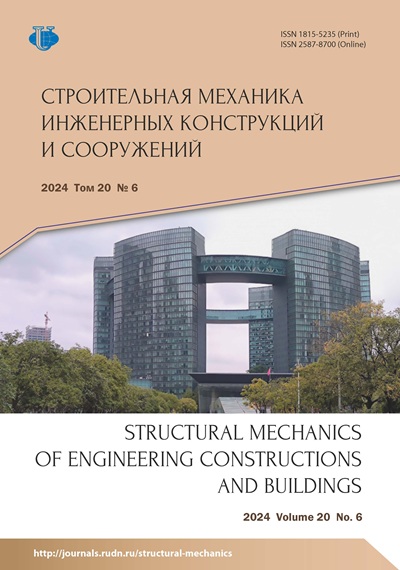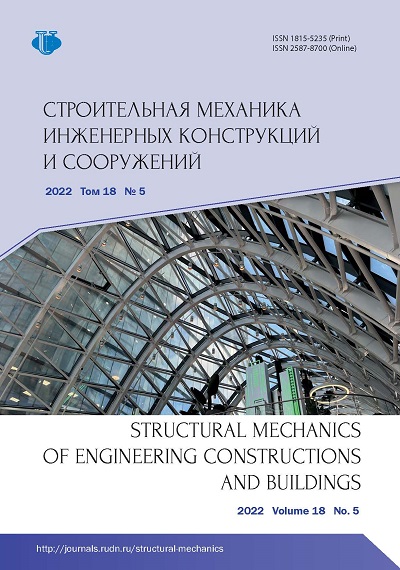Об авторах
Национальный исследовательский Мордовский государственный университет имени Н.П. Огарева
Email: vlalmo@mail.ru
ORCID iD: 0000-0001-8407-8144
доктор технических наук, профессор, академик РААСН, директор Института архитектуры и строительства, заведующий кафедрой строительных материалов и технологий, директор НИИ «Материаловедение»
Российская Федерация, 430005, Саранск, ул. Большевистская, д. 68
Национальный исследовательский Мордовский государственный университет имени Н.П. Огарева
Автор, ответственный за переписку.
Email: kaznacheevsv@mail.ru
ORCID iD: 0000-0002-0053-3160
кандидат технических наук, доцент, доцент кафедры строительных материалов и технологий
Российская Федерация, 430005, Саранск, ул. Большевистская, д. 68
ООО «Керамзит»
Email: elenapankratova3@yandex.ru
ORCID iD: 0000-0001-9164-1759
заместитель директора по науке и технологии
Российская Федерация, 432032, Ульяновск, ул. Октябрьская, д. 49, п. 53
Национальный исследовательский Мордовский государственный университет имени Н.П. Огарева
Email: vyacheslav.seleznev.00@mail.ru
ORCID iD: 0000-0003-1202-9209
аспирант, кафедра строительных материалов и технологий
Российская Федерация, 430005, Саранск, ул. Большевистская, д. 68
Национальный исследовательский Мордовский государственный университет имени Н.П. Огарева
Email: kitana1908@mail.ru
ORCID iD: 0000-0002-0138-5411
аспирант, кафедра строительных материалов и технологий
Российская Федерация, 430005, Саранск, ул. Большевистская, д. 68
















